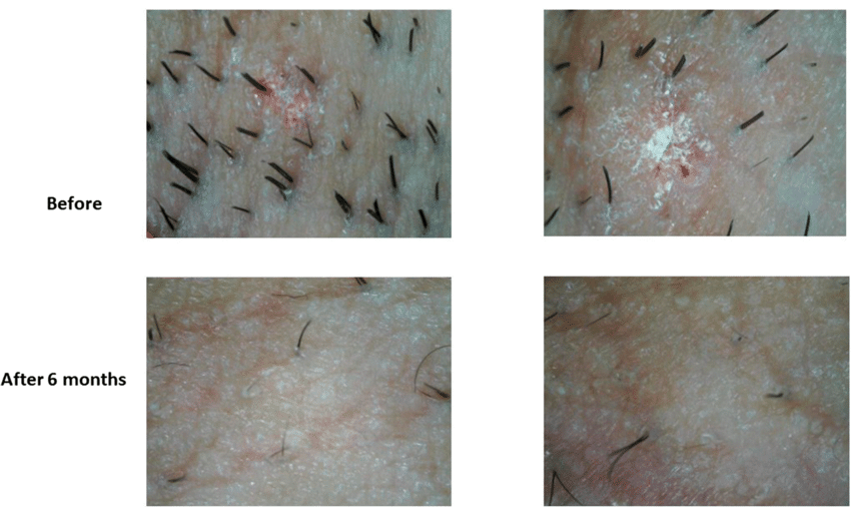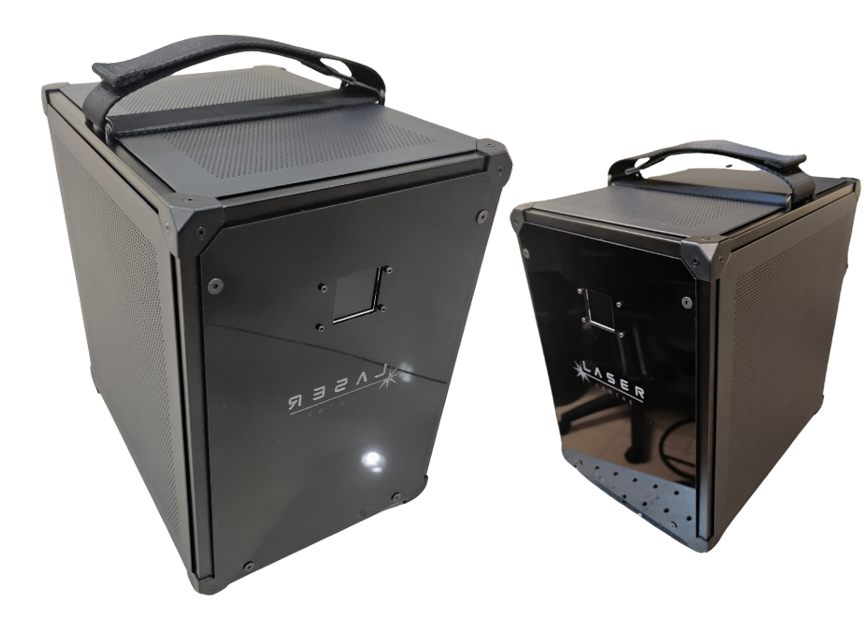Laser Hair Removal
Laser hair removal is a procedure that uses a laser to remove unwanted hair.
Laser hair removal has become a cornerstone in dermatology and medical aesthetics, offering a safe, effective, and long-term solution for unwanted hair. The efficacy of this procedure is influenced by factors such as individual skin and hair types, the specific laser technology utilized, and the area being treated.
We developed a signal modulation scheme at a constant current to produce varying laser intensities and evaluated their effects on human hair samples. An 808nm diode laser system was employed, generating five distinct power outputs: 1.20 W, 1.74 W, 2.06 W, 2.24 W, and 2.34 W. The optical spectra of these outputs were measured using a spectrometer, and the resulting effects on hair shafts were analyzed via Scanning Electron Microscopy (SEM).
The SEM analysis revealed a correlation between laser intensity and the degree of surface damage to the hair shafts. Specifically, the percentage of surface damage increased from 4.11% at 1.20 W to 15.90% at 1.74 W, then slightly decreased to 14.94% at 2.06 W, followed by increases to 21.04% at 2.24 W and 34.45% at 2.34 W. These findings indicate that higher laser intensities generally result in greater surface damage to hair shafts.
This study underscores the importance of optimizing laser parameters to enhance the effectiveness of hair removal treatments while minimizing potential adverse effects. By tailoring laser intensity to individual patient characteristics and treatment areas, practitioners can achieve improved outcomes in laser hair removal procedures.


